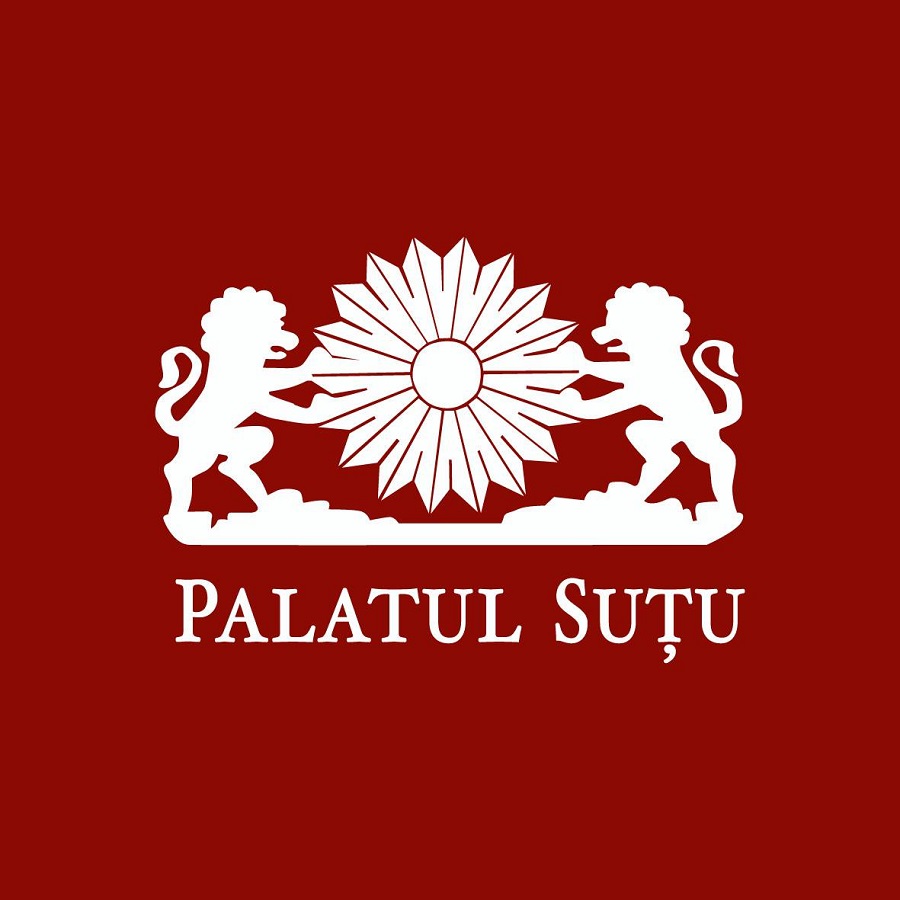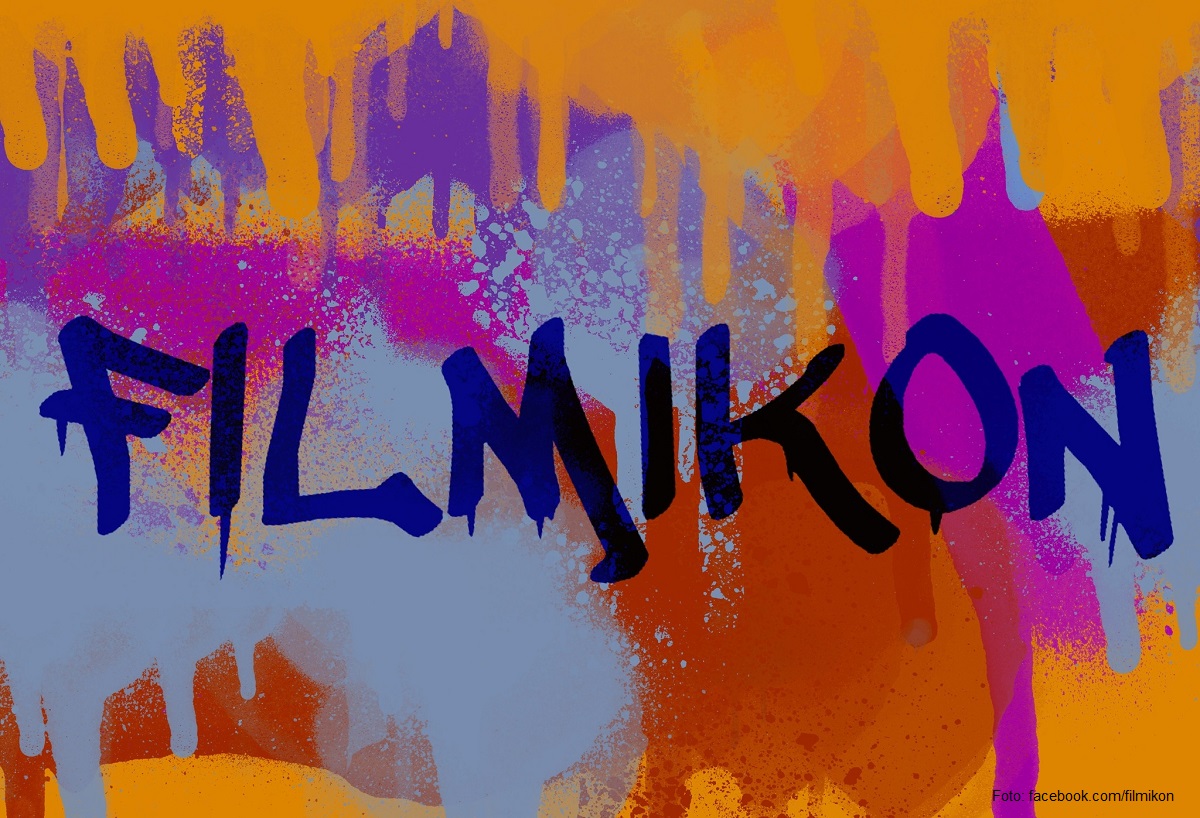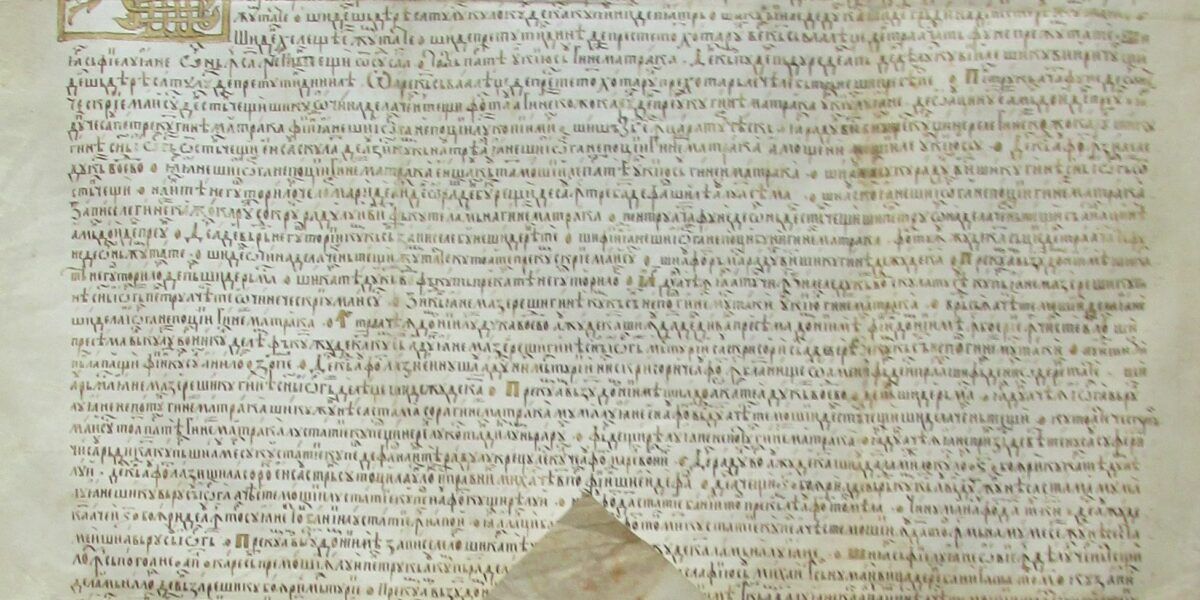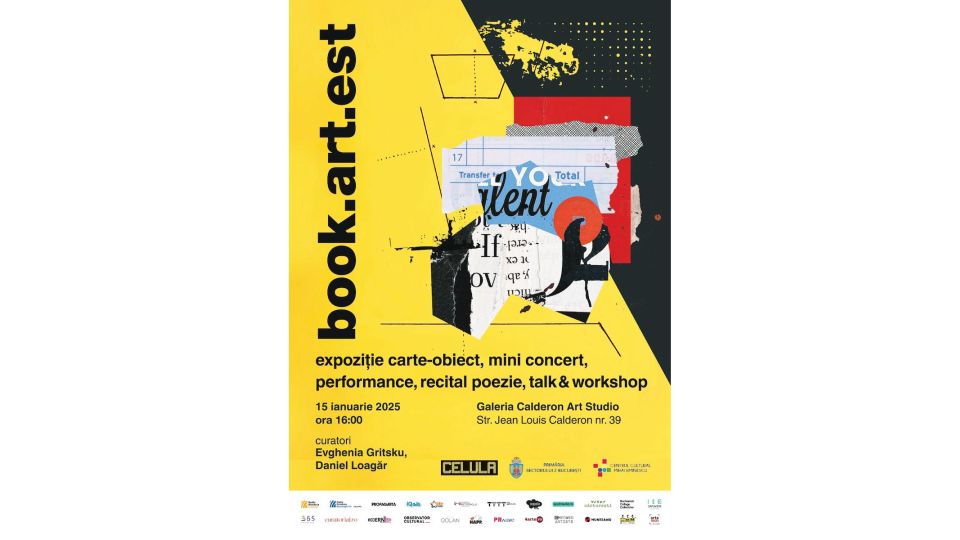The European Project E-motional Bodies and Cities
In mid April a festival called “E-motional Bodies and Cities was held in Bucharest.
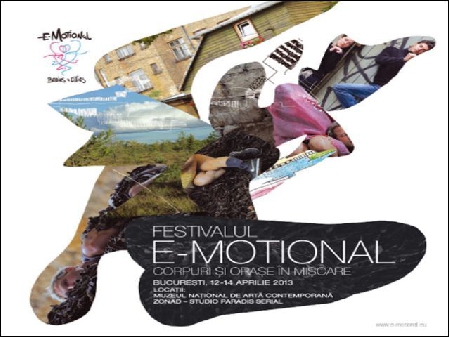
Luana Pleşea, 27.04.2013, 13:55
In mid April a festival called “E-motional Bodies and Cities” celebrated “the artistic process and experiment with a view to making visible the invisible”, namely the making of a contemporary dance show or of any performance. This is how Stefania Ferchedau the artistic manager and co-organizer of the festival “E-motional: Bodies and Cities in Motion” would describe the event. The festival was held in Bucharest to mark the end of the European project E-Motional Bodies & Cities, initiated and organized by the Gabriela Tudor Foundation between 2011 and 2013.
Financed under the 2007-2013 Culture Programme of the European Union and by the European Cultural Foundation of Amsterdam, the project also involved several cultural associations in Europe. Choreographer and cultural manager Cosmin Manolescu spoke about the goals of E-Motional Bodies and Cities, a project that started out in May 2011:
Cosmin Manolescu: “We wanted a project that should foster the mobility of various dance companies in different contexts. We approached companies in Cyprus, Latvia, Ireland, Turkey and the UK, which Romania hadn’t been in contact with before. We tried to invest in artists and in managers. So we gave them a chance of attending various events, festivals or apply for a professional development scholarship over a period of two or three weeks. The scholarships are granted by the Gabriela Tudor Foundation in one of the countries taking part in the project. We organized two cultural management workshops, one in Riga, one in Limassol, by means of which we tried to make participants familiar with strategies that would help them better manage their projects and time”.
In figures, E-Motional Bodies & Cities translated as 6 participating countries, 9 cities, 18 choreographic residences, 27 mobility scholarships, 13 Gabriela Tudor grants, 5 artistic research residences in Dublin, Riga, Limassol, London and Bucharest, 15 performances staged in four countries, 2 cultural management workshops and the E-Motional Festival. More about the direct and indirect beneficiaries of this project from Cosmin Manolescu:
Cosmin Manolescu: “The festival directly supported over 150 artists and dance managers in all its six categories. We had over 1,000 viewers for the performances in Dublin, Riga and Limassol. So overall, I believe the project has reached over two thousand people in the past two years”.
One of the direct beneficiaries of the project was Bogdana Pascal, associate video artist, who took it upon herself to document the working meetings of the two groups of artists in research residences.
Bogdana Pascal: “My contribution to this project was two-fold. On the one hand I was the project’s associate video artist. I had to film certain parts of their artistic process to the extent to which what they did could also serve my own project. I had a research topic of my own, which focused on the fact that I’ve stopped feeling like a tourist whenever I travel to another country. I undergo a certain interior transformation, I am neither a tourist, nor a local, I am somewhere in between.”
The project came to a close with a Festival called “E-motional: bodies and cities in motion”. Among others, the agenda included fragments from the work of the two teams involved in the artistic research process. The members of one group, called Layers, met in Riga, London and Bucharest. Alexis Vassiliou of Cyprus, a professional musician, who in recent years has taken an interest in choreography and performance in contemporary dance, was one of the members of Layers. For him, E-Motional Bodies and Cities was perhaps the most important contemporary dance project he took part in.
Here are the concluding remarks of choreographer and cultural manager Cosmin Manolescu which wrapped up E-Motional Bodies & Cities:
Cosmin Manolescu: “The moment we kicked off the project, we didn’t know exactly what we were letting ourselves in for. This interface with various countries and organizations involved is pretty hard to manage. The important thing is that we’ve developed ties between artists and organizations and the project now breeds projects of its own. At the same time I am happy to announce the project will continue over the next two years. It will have a different format, but will continue to focus on emotion and movement. We’ve obtained a new grant from the EU, allowing us to carry out the project until 2015”.

